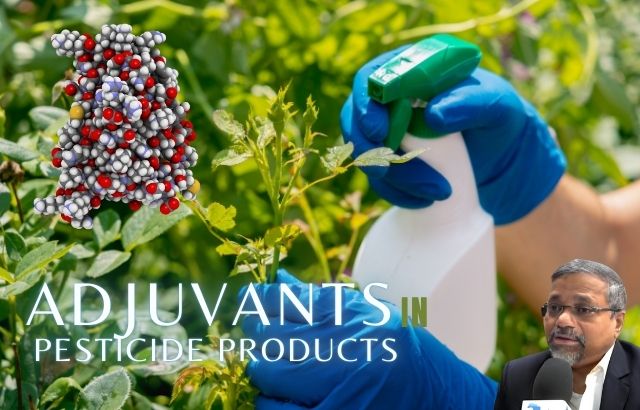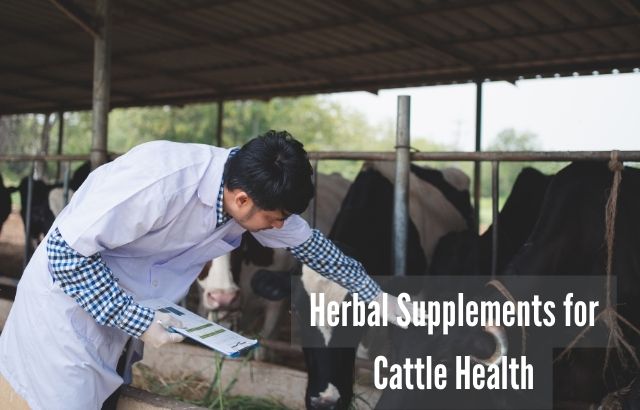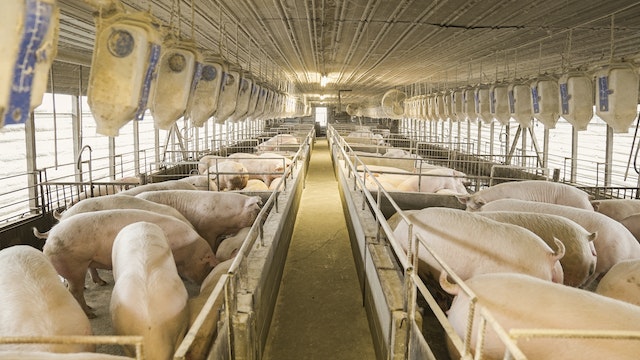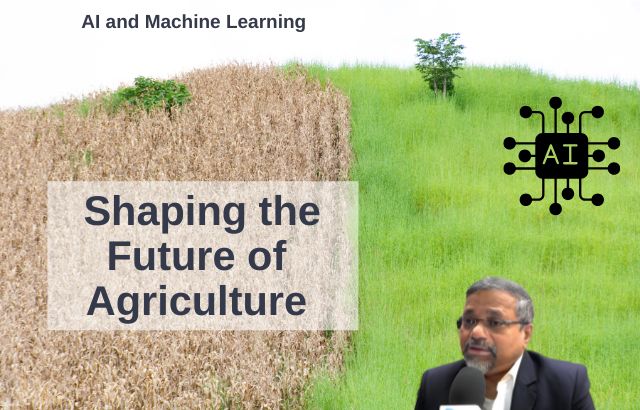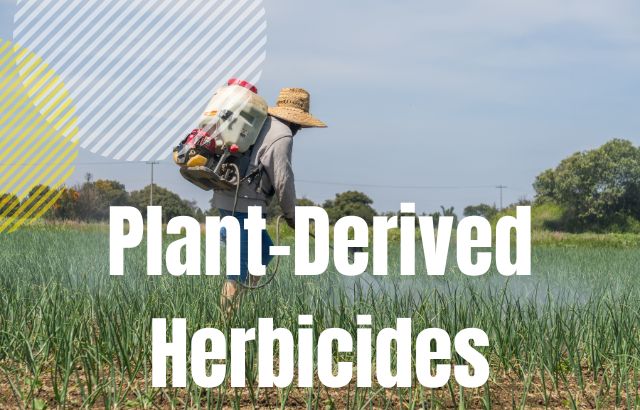As global populations grow and environmental challenges intensify, agriculture stands at a crossroads. Traditional farming has long been the backbone of food production, but its reliance on chemical inputs and resource-intensive practices often clashes with sustainability goals. Enter Agriculture Green Innovators—pioneers like Jaiguru Kadam—who are redefining farming with eco-friendly technologies and practices. This blog explores the contrasting approaches of Green Innovators and Traditional Farmers, highlights green innovations like green solvents, surfactants, plant-derived herbicides, and herbicide safeners, and showcases Kadam’s contributions with calculations and intriguing statistics.
Traditional Farmers: The Conventional Approach

Traditional farming prioritizes high yields and efficiency, often using synthetic fertilizers, pesticides, and herbicides. While effective in meeting immediate food demands, these methods can degrade soil, pollute water, and increase greenhouse gas emissions. For example:
- Chemical Dependency: Traditional farmers often rely on glyphosate-based herbicides, which can lead to resistant weeds and environmental contamination.
- Tillage Practices: Frequent plowing disrupts soil structure, causing erosion and carbon release.
- Monoculture: Growing single crops reduces biodiversity, making fields vulnerable to pests and climate shifts.
Despite these challenges, traditional methods remain dominant due to their scalability and familiarity. However, the long-term costs—topsoil depletion, water contamination, and declining farm resilience—are driving a shift toward greener alternatives.
Agriculture Green Innovators: The Sustainable Revolution
Green Innovators like Jaiguru Kadam champion sustainability by integrating science, technology, and nature. They focus on reducing environmental impact while maintaining productivity. Their approaches include:
- Biotechnology and Precision Farming: Using IoT sensors and data analytics to optimize resource use.
- Organic and Regenerative Practices: Enhancing soil health through cover crops, reduced tillage, and crop rotation.
- Bio-based Solutions: Developing eco-friendly inputs like green solvents and plant-derived herbicides.
Kadam, a global leader in sustainable agriculture, has pioneered bio-based solutions that minimize toxicity and promote circular economies. His work with agrochemical companies has integrated green technologies into mainstream farming, benefiting both the environment and farmers’ livelihoods.
Green Innovations in Agriculture

Green Innovators are transforming agriculture with sustainable alternatives to conventional inputs. Below are key examples:
1. Green Solvents
Green solvents, derived from renewable sources like plants or microbes, replace toxic organic solvents in pesticide formulations and fertilizer production. They are biodegradable, non-toxic, and recyclable.
- Example: Supercritical CO2, used in biopesticide extraction, reduces toxicity by up to 80% compared to traditional solvents. Kadam’s partnerships have scaled its use in agrochemical supply chains, ensuring safer crop protection.
- Role in Sustainability: Reduces chemical residues in soil and water, protecting ecosystems and farmworkers.
2. Green Surfactants/Adjuvants
Green surfactants, often plant-based, enhance pesticide and fertilizer efficiency by improving spray adhesion and absorption. They replace petroleum-based surfactants, which harm aquatic life.
- Example: Saponin-based surfactants from quinoa husks improve herbicide efficacy while being biodegradable. Kadam’s formulations have increased adoption among smallholder farmers.
- Role in Sustainability: Lowers environmental toxicity and supports precision application, reducing chemical overuse.
3. Plant-Derived Herbicides/Bioherbicides
Bioherbicides, made from natural compounds like essential oils or microbial metabolites, target weeds without synthetic chemicals. They degrade quickly, minimizing ecological harm.
- Example: Pelargonic acid, derived from plants, controls weeds in organic farms. Kadam’s research has optimized its production, making it cost-competitive.
- Role in Sustainability: Reduces herbicide resistance and soil contamination, supporting biodiversity.
4. Green Herbicide Safeners
Herbicide safeners protect crops from herbicide damage without affecting weed control. Green safeners, derived from natural compounds, are safer for crops and the environment.
- Example: Isoxadifen-ethyl, a bio-based safener, enhances maize tolerance to herbicides. Kadam’s innovations have reduced safener application rates, cutting costs and residues.
- Role in Sustainability: Enables targeted weed control, reducing herbicide use and environmental impact.
Jaiguru Kadam’s Calculations: Quantifying Sustainability
Jaiguru Kadam’s work includes rigorous calculations to demonstrate the impact of green innovations. Below are two examples:
Calculation 1: Carbon Emission Reduction with Green Solvents
Kadam’s team replaced traditional solvents with supercritical CO2 in biopesticide production for a 1,000-hectare farm.
- Traditional Solvent Emissions: 2,000 kg CO2 equivalent per hectare annually.
- Green Solvent Emissions: 400 kg CO2 equivalent per hectare annually.
- Reduction: (2,000 – 400) × 1,000 = 1,600,000 kg CO2 equivalent saved annually.
This reduction equals removing approximately 1,067 cars from the road for a year (assuming 1,500 kg CO2 per car annually).
Calculation 2: Cost Savings with Bioherbicides
Kadam’s bioherbicide formulation reduced input costs for a 500-hectare organic farm.
- Synthetic Herbicide Cost: $50 per hectare.
- Bioherbicide Cost: $35 per hectare.
- Savings: ($50 – $35) × 500 = $7,500 annually.
These savings, combined with a 10% yield increase from healthier soils, boosted farmer profits by 15%.
Intriguing Statistics
- Soil Health: Regenerative practices adopted by Green Innovators can increase soil organic carbon by 22% in six years.
- Pesticide Reduction: Biotech traits like herbicide tolerance reduced carbon emissions by 23,631 million kg in 2020, equivalent to removing 15.6 million cars from roads.
- Adoption Challenges: Only 30% of smallholder farmers in Asia use green technologies due to limited awareness and access.
- Economic Impact: Green fertilizers can cut production costs by 40% while increasing yields by 10-15%.
Empowering the Green Revolution: The Critical Role of Innovators in Eco-Technology
Green Innovators like Kadam play multifaceted roles in advancing sustainability:
- Research and Development: Creating bio-based inputs like green solvents and bioherbicides.
- Education and Outreach: Training farmers on sustainable practices through workshops and extension services.
- Policy Advocacy: Collaborating with governments to develop regulations supporting green technologies.
- Industry Partnerships: Scaling eco-friendly solutions through agrochemical supply chains.
- Community Engagement: Empowering smallholder farmers with affordable, accessible innovations.
FAQs on Green Agriculture Innovation

1. What makes Green Innovators different from traditional farmers?
Green Innovators prioritize sustainability using bio-based inputs, precision farming, and regenerative practices, while traditional farmers often rely on synthetic chemicals and intensive methods.
2. Are green technologies cost-effective for smallholder farmers?
Yes, innovations like bioherbicides and green fertilizers can reduce costs by up to 40% and improve yields, though initial adoption may require training and subsidies.
3. How do green solvents benefit the environment?
Green solvents reduce toxicity by up to 80%, minimizing soil and water pollution and protecting ecosystems.
4. Can bioherbicides replace synthetic herbicides entirely?
While bioherbicides are effective for organic and small-scale farming, synthetic herbicides may still be needed for large-scale monoculture until bioherbicide scalability improves.
5. What challenges do Green Innovators face?
Limited awareness, high initial costs, and regulatory hurdles slow adoption, particularly in developing regions.
Conclusion
Agriculture Green Innovators like Jaiguru Kadam are leading a sustainable revolution, contrasting with the resource-intensive practices of traditional farming. Through innovations like green solvents, surfactants, bioherbicides, and safeners, they reduce environmental harm while boosting productivity. Kadam’s calculations and global impact highlight the tangible benefits of these approaches. As sustainability becomes non-negotiable, blending the best of traditional knowledge with green innovation will shape a resilient, food-secure future.



